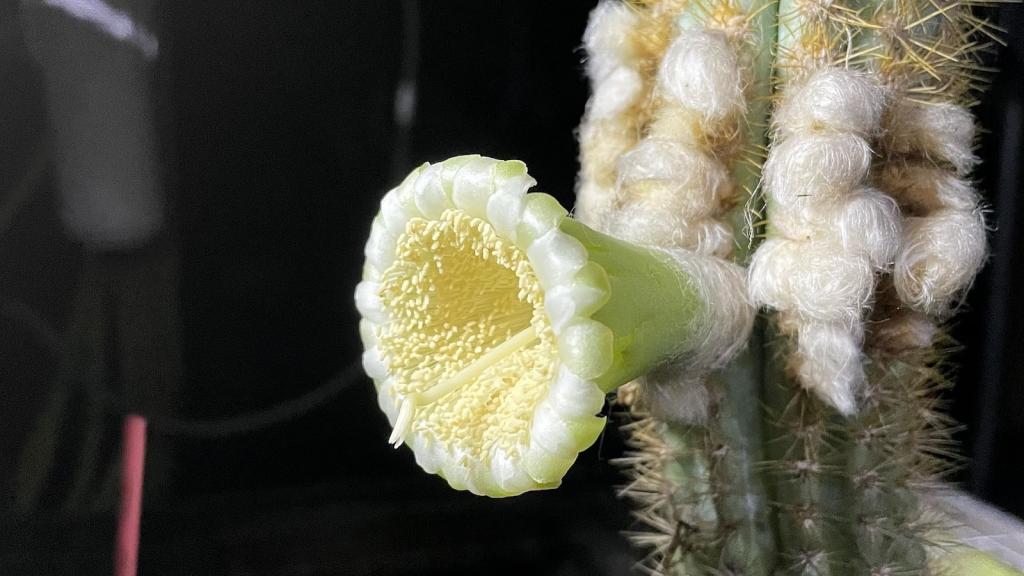Oranges are synonymous with Florida. The zesty fruit can be spotted adorning everything from license plates to kitschy memorabilia. Ask any Floridian and they’ll tell you that the crop is a hallmark of the Sunshine State.
Jay Clark would be quick to agree. He’s 80 and a third-generation grower working land his family has owned in Wauchula since the 1950s. But he’s not sure how much longer he can keep at it. Two years ago, Hurricane Ian pummeled trees already weakened by a virulent and incurable disease called citrus greening. It took more than a year to recover after the “whole crop was basically blown off” by 150 mph winds. “It’s a struggle,” said Clark. “I guess we’re too hard-headed just to quit totally, but it’s not a profitable business right now.”
His family once owned almost 500 acres in west central Florida, where they grew oranges and raised beef. They’ve sold much of that land in recent years, and have scaled back their citrus groves. “We’re concentrating more on the cattle,” he said. “Everybody’s looking for an... Read more





